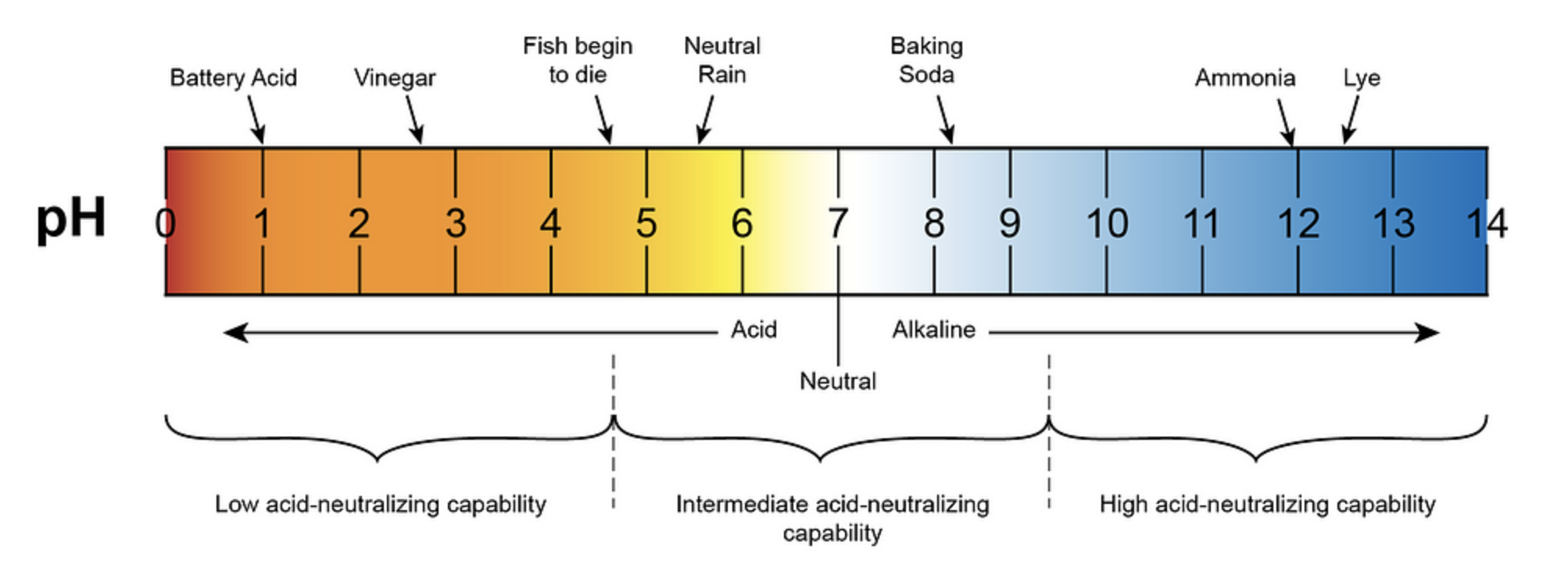Sodium hypochlorite (NaOCl) is a widely used chemical compound with a pH range between 11 and 13, depending on its concentration. As a disinfectant and bleaching agent, understanding the pH of sodium hypochlorite in water is crucial for its effective and safe application.
Understanding the pH of Sodium Hypochlorite
Sodium hypochlorite is an alkaline compound, meaning it has a pH value greater than 7. When dissolved in water, it dissociates into sodium ions (Na+) and hypochlorite ions (OCl-), forming a weakly basic solution.
The pH of a 5% concentration of sodium hypochlorite in laundry bleach solutions is typically around 11, while solutions with higher concentrations (10-15%) have a pH of approximately 13. This direct relationship between the concentration and pH level is an important factor to consider when using sodium hypochlorite for various applications.
Factors Affecting the pH of Sodium Hypochlorite in Water
Several factors can influence the pH of sodium hypochlorite in water, including:
-
Concentration: As mentioned earlier, the pH of sodium hypochlorite increases as the concentration of the solution increases.
-
Additives: The addition of other chemicals, such as sodium hydroxide, can affect the pH of the solution. Sodium hydroxide is often added to household bleach to slow down the decomposition of sodium hypochlorite.
-
Storage Conditions: The pH of sodium hypochlorite can change over time due to the compound’s instability. Proper storage conditions, such as keeping the solution in a cool, dry place and away from heat and open flames, can help maintain the desired pH level.
-
Impurities: The presence of impurities, such as sodium chloride, can also impact the pH of the sodium hypochlorite solution.
Applications and Considerations
Sodium hypochlorite’s pH range of 11-13 makes it a versatile chemical with various applications, including:
-
Water Treatment: Sodium hypochlorite is commonly used as a disinfectant in water treatment processes, where its pH plays a crucial role in the effectiveness of the disinfection process.
-
Household Cleaning: Household bleach, which contains sodium hypochlorite, is used for disinfecting and whitening purposes. The pH of the solution is an important factor in its cleaning and sanitizing abilities.
-
Agriculture: Sodium hypochlorite is used in agriculture for disinfecting and sanitizing equipment, as well as for treating irrigation water.
-
Pharmaceutical Synthesis: The pH of sodium hypochlorite is a consideration in pharmaceutical manufacturing processes where it is used as an oxidizing agent.
-
Textile Bleaching: Sodium hypochlorite’s pH is a critical factor in the bleaching of textiles, ensuring the desired level of whiteness and color removal.
When handling sodium hypochlorite, it is essential to consider its pH and take appropriate safety precautions, as it is a strong oxidizing agent that can react violently with other substances, such as acids, ammonia, and organic materials.
Conclusion
The pH of sodium hypochlorite in water is a crucial factor in its various applications, ranging from 11 to 13 depending on the concentration of the solution. Understanding the pH of sodium hypochlorite and the factors that influence it is essential for ensuring its effective and safe use in disinfection, bleaching, and other industrial and household applications.
References:
- The Use of Sodium Hypochlorite at Point-of-Use to Remove Microorganisms from Drinking Water – NCBI
- What is Sodium Hypochlorite? – The Chemistry Blog
- Sodium hypochlorite as a disinfectant – Lenntech
- Sodium hypochlorite – Wikipedia
- Effect of lowering the pH of sodium hypochlorite on dissolving tissue in … – PubMed

